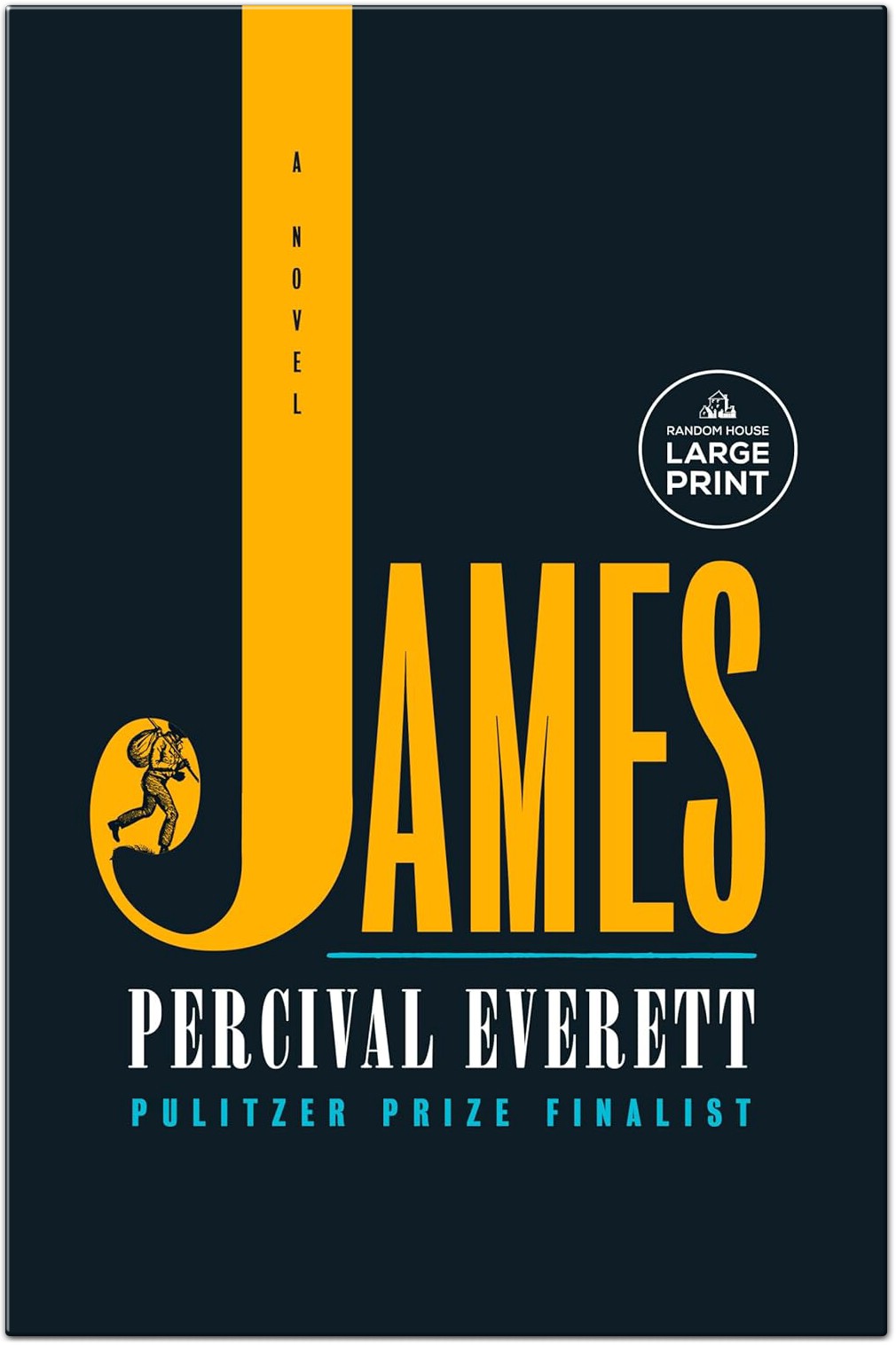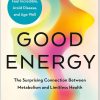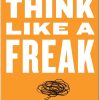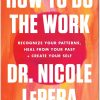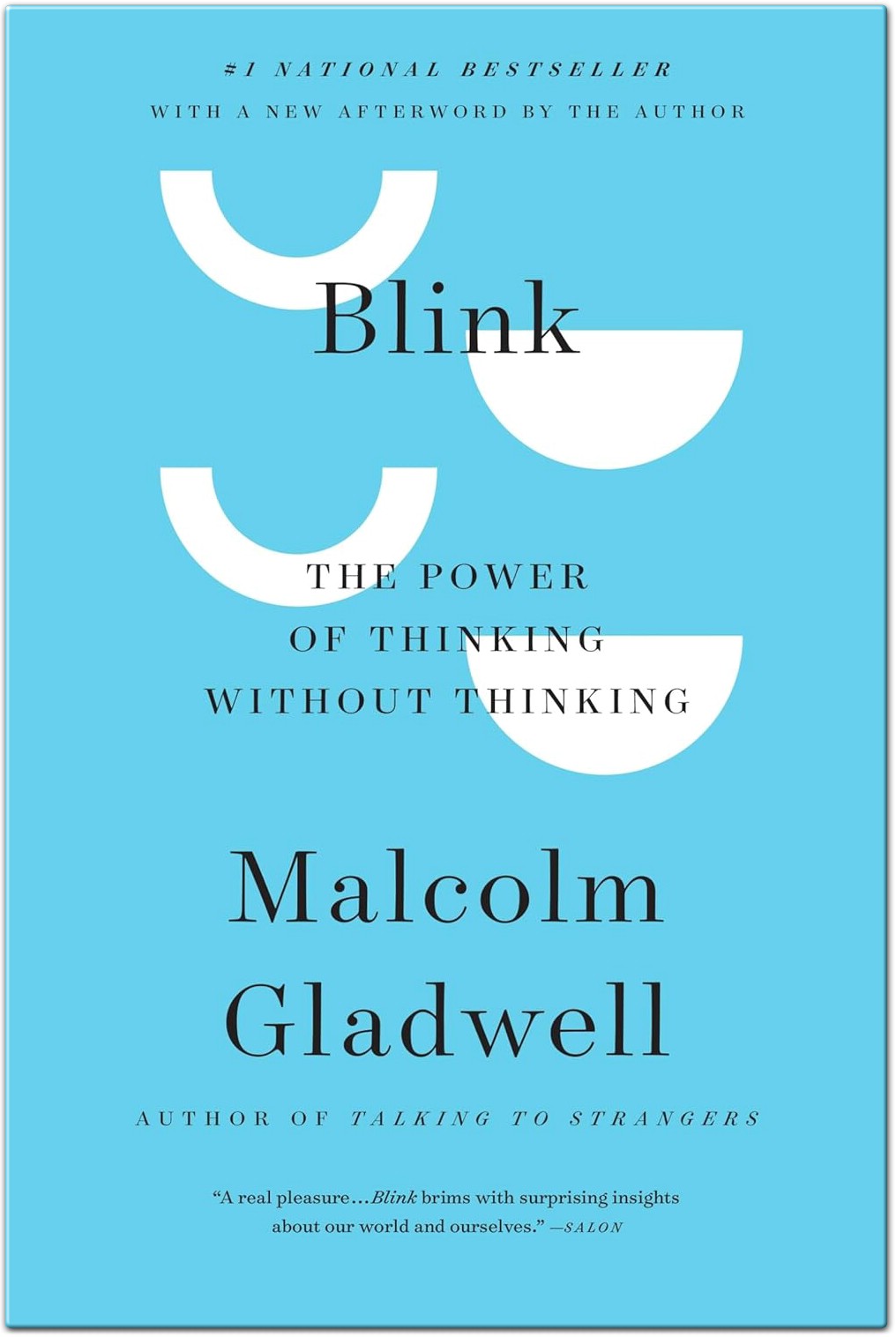
Book Summary Contents
- 1 Questions Blink by Malcolm Gladwell Answers
- 2 Blink The Power of Thinking Without Thinking by Malcolm Gladwell Book Details
- 3 Blink The Power of Thinking Without Thinking by Malcolm Gladwell Book Statistics
- 4 Blink The Power of Thinking Without Thinking by Malcolm Gladwell Quotes
- 5 Blink The Power of Thinking Without Thinking by Malcolm Gladwell Table Of Contents
- 6 Blink Book Summary: The Power of Thinking Without Thinking by Malcolm Gladwell
- 6.1 Chapter 1: The Theory of Thin Slices: How a Little Bit of Knowledge Goes a Long Way
- 6.2 Chapter 2: The Locked Door: The Secret Life of Snap Decisions
- 6.3 Chapter 3: The Warren Harding Error: Why We Fall For Tall, Dark, and Handsome Men
- 6.4 Chapter 4: Paul Van Riper’s Big Victory: Creating Structure for Spontaneity
- 6.5 Chapter 5: Kenna’s Dilemma: The Right — and Wrong — Way to Ask People What They Want
- 6.6 Chapter 6: Seven Seconds in the Bronx: The Delicate Art of Mind Reading
- 7 About the Author: Malcolm Gladwell
- 8 Get Your Copy Of The Book: Blink The Power of Thinking Without Thinking by Malcolm Gladwell
- 9 References :
Questions Blink by Malcolm Gladwell Answers
- What role does the unconscious mind play in decision-making?
- How does time pressure affect our decision-making process?
- Can we train ourselves to make better snap judgments?
- Why are some people exceptional decision-makers, while others struggle with poor choices?
- Why do some individuals follow their instincts and succeed, while others make mistakes?
- How do our brains function in various settings like the office, classroom, kitchen, and bedroom?
- Why are the best decisions often difficult to explain to others?
Blink The Power of Thinking Without Thinking by Malcolm Gladwell Book Details
| Attribute | Details |
|---|---|
| Publisher | Back Bay Books; 1st edition (April 3, 2007) |
| Language | English |
| Paperback | 296 pages |
| ISBN-10 | 0316010669 |
| ISBN-13 | 978-0316010665 |
Blink The Power of Thinking Without Thinking by Malcolm Gladwell Book Statistics
Statistics Of Blink The Power of Thinking Without Thinking by Malcolm Gladwell October 2024:
Publication Date: April 3, 2007
- Best Sellers Rank:
- #3,402 in Books
- #37 in Popular Social Psychology & Interactions
- #85 in Leadership & Motivation
- #116 in Personal Transformation Self-Help
- Customer Reviews:
- Amazon: 4.5/5 stars (13,469 ratings)
- Goodreads: 4.0/5 stars (600,804 ratings)
- Genres:
Nonfiction, Psychology, Business, Self-Help, Science, Audiobook, Sociology - Editions Available: 199
Blink The Power of Thinking Without Thinking by Malcolm Gladwell Quotes
But in the end it comes down to a matter of respect, and the simplest way that respect is communicated is through tone of voice, and the most corsive tone of voice that a doctor can assume is a dominant tone.
In the general American population, 3.9 percent of adult men are six foot two or taller. Among my CEO sample, almost a third were six foot two or taller.
the Four Horsemen: defensiveness, stonewalling, criticism, and contempt.
Whenever we have something that we are good at–something we care about–that experience and passion fundamentally change the nature of our first impressions.
In life, most of us are highly skilled at suppressing action. All the improvisation teacher has to do is to reverse this skill and he creates very ‘gifted’ improvisers. Bad improvisers block action, often with a high degree of skill. Good improvisers develop action.
The real me isn’t the person I describe, no the real me is the me revealed by my actions.
being able to act intelligently and instinctively in the moment is possible only after a long and rigorous of education and experience
Often a sign of expertise is noticing what doesn’t happen.
We learn by example and by direct experience because there are real limits to the adequacy of verbal instruction.
There can be as much value in the blink of an eye as in months of rational analysis.
Insight is not a lightbulb that goes off inside our heads. It is a flickering candle that can easily be snuffed out.
We have, as human beings, a storytelling problem. We’re a bit too quick to come up with explanations for things we don’t really have an explanation for.
The key to good decision making is not knowledge. It is understanding. We are swimming in the former. We are desperately lacking in the latter.
Blink The Power of Thinking Without Thinking by Malcolm Gladwell Table Of Contents
INTRODUCTION
- The Statue That Didn’t Look Right
ONE
- The Theory of Thin Slices: How a Little Bit of Knowledge Goes a Long Way
TWO
- The Locked Door: The Secret Life of Snap Decisions
THREE
- The Warren Harding Error: Why We Fall For Tall, Dark, and Handsome Men
FOUR
- Paul Van Riper’s Big Victory: Creating Structure for Spontaneity
FIVE
- Kenna’s Dilemma: The Right — and Wrong — Way to Ask People What They Want
SIX
- Seven Seconds in the Bronx: The Delicate Art of Mind Reading
CONCLUSION
- Listening with Your Eyes: The Lessons of Blink
ADDITIONAL SECTIONS
- Notes
- Acknowledgments
- Index
Blink Book Summary: The Power of Thinking Without Thinking by Malcolm Gladwell
Chapter 1: The Theory of Thin Slices: How a Little Bit of Knowledge Goes a Long Way
In his opening chapter, Gladwell presents the idea of “thin-slicing,” which denotes how the unconscious mind can rapidly form opinions based on minimal data. He utilizes the work of John Gottman, a psychologist who can forecast the outcome of marriage by analyzing only a short dialogue between a couple, as a prime illustration of this occurrence.
Gladwell contends that when the circumstances are appropriate, quick judgments are not only beneficial but also extremely precise. This chapter lays the groundwork for comprehending the operations of our subconscious, showing that we frequently have more knowledge than we realize based on minimal information.
Chapter 2: The Locked Door: The Secret Life of Snap Decisions
This chapter delves into the concept that although we make quick decisions unconsciously, we frequently lack awareness of the processes that influence these judgments. Gladwell gives instances such as the quick judgments made by art experts to demonstrate the challenge of articulating the reasoning behind our beliefs in what is correct or incorrect.
Our conscious mind finds it challenging to reach the intricate calculations happening behind the “locked door” of our unconsciousness. Gladwell stresses that although these unconscious judgments may be puzzling, they can greatly influence our choices.
Chapter 3: The Warren Harding Error: Why We Fall For Tall, Dark, and Handsome Men
In this chapter, Gladwell talks about the risks of thin-slicing, especially when it results in decision-making mistakes that are based on surface-level characteristics. The concept of the “Warren Harding Error” is when individuals incorrectly selected Harding as their president due to his attractive appearance and authoritative demeanor, despite his incompetence.
This Chapter uncovers that quick decisions can be skewed, and impacted by stereotypes or initial perceptions, resulting in flawed judgments. Gladwell cautions that although thin-slicing can be beneficial, it is not foolproof and may mislead us, particularly when affected by unrelated aspects such as looks.
Chapter 4: Paul Van Riper’s Big Victory: Creating Structure for Spontaneity
In this Chapter, Gladwell explores how organized spontaneity can enhance decision-making in high-pressure situations. He references retired Marine General Paul Van Riper as an example, who achieved success in a military exercise by counting on his team’s capacity to make rapid decisions without being overwhelmed by excessive information.
Gladwell suggests that an abundance of data can impede decision-making and that concentrating on a few important factors and trusting one’s instincts can lead to better outcomes for organizations and individuals.
Chapter 5: Kenna’s Dilemma: The Right — and Wrong — Way to Ask People What They Want
This chapter examines the challenges of determining people’s preferences, especially when they are required to consciously assess their opinions. Gladwell cites the case of musician Kenna, whose distinctive style impressed music experts but did not lead to commercial success.
The problem occurs when individuals struggle to accurately express their preferences due to being poor judges of their own desires or likes. Gladwell suggests that quick decisions, instead of thoughtful assessments, can often offer more precise understandings.
Chapter 6: Seven Seconds in the Bronx: The Delicate Art of Mind Reading
In the concluding chapter, Gladwell analyzes the unfortunate situation of Amadou Diallo, a civilian without weapons who was gunned down by law enforcement officers who wrongly perceived him as dangerous. The chapter emphasizes the risks of making quick judgments through “mind reading” in high-pressure scenarios, which can lead to mistakes. Gladwell clarifies that even though we can typically interpret emotions and intentions subconsciously, stressful situations and fear can alter these interpretations, causing disastrous results. The example of Diallo highlights the potential failure of thin-slicing when emotional and psychological factors cloud rational thinking.
About the Author: Malcolm Gladwell

Get Your Copy Of The Book: Blink The Power of Thinking Without Thinking by Malcolm Gladwell
>> Get Your Copy Of The Book <<
![]()
References :
- Amazon’s book page
- Goodreaders’s book page
- Author’s image source: X.com
- Book Cover: Amazon.com





